Perry W. Buffington – Psychopharmacology 2-Day Conference
Description:
This conference allows time for exploration of underrepresented areas, including ADHD, substance use disorders and psychopharmacological ethics. Take home specialized guidelines for geriatrics, and clients with chronic pain. Discuss how the DSM-5® and the Affordable Healthcare Law have impacted prescribing patterns and the use of psychotropics in newly defined diagnoses. In addition to a general ‘nuts and bolts’ review of medications, you will examine case examples, discuss medication controversies and how to effectively collaborate with prescribing practitioners. You will find this conference to have the most up- to-date medication information and how to use it most effectively with your client.
Here’s what you’ll get:
DAY ONE
PSYCHOPHARMACOLOGY
- Historical antecedents of modern psychopharmacology
- Diagnostic issues
- Clarification of terms
- Drug metabolism concepts: pharmacokinetics & pharmacodynamics
- Drug mechanism of action
- Placebo & Nocebo
- Pharmacotherapy vs. Pharmacotherapy
- Developing highly effective collaborations with prescribers
DEPRESSIVE DISORDERS
- Biogenic Amine, Cortisol, Down-Regulation, & Neurotropic Hypotheses
- Neurochemistry of depression
- Types of anti-depressants
- Preventing side effects
- Tardive Dysphoria: real or imagined?
ANXIETY DISORDERS & OBSESSIVE COMPULSIVE DISORDERS & TRAUMA RELATED DISORDERS
- Neurochemistry of anxiety
- GAD, panic disorders, phobias
- OCD
- PTSD
- Physiological interventions
- Anti-anxiety medications
- Anti-depressants
- Non-pharmacologic options
- Benzodiazepines: risks and benefits
- Preventing side effects
BIPOLAR DISORDERS
- Neurochemistry
- The Bipolar Spectrum & DSM-5® Changes
- Mood stabilizers
- Lithium
- Anti-convulsants & neuromodulators
- Typical, atypical, & third-generation antipsychotics
- Effective strategies for improving outcomes for clients
PSYCHOTIC DISORDERS/ SCHIZOPHRENIA
- Neurochemistry of psychosis and schizophrenia
- Antipsychotic Medications:
- First generation (typical)
- Second generation (atypical)
- Managing side effects
- Extrapyramidal symptoms and TD
- Metabolic problems- what blood tests are needed and when
- Preventing Diabetes Mellitus
- Recognizing hyperprolactinemia- and why you need to know
- Use of atypical antipsychotics for multiple disorders
LIMITATIONS OF THE RESEARCH & POTENTIAL RISKS
DAY TWO
ATTENTIONAL DISORDERS
- Differential diagnosis
- Neurochemistry of ADHD
- Treatment controversies
- Substance abuse and ADHD
- Stimulant medications
- Non-stimulant options
- Preventing side effects
SUBSTANCE ABUSE DISORDERS
- Neurochemistry of addiction
- Negative reinforcement & creation of habits
- Alcohol
- Caffeine
- Nicotine
- Cannabis
- Opiates
- PCP & Ketamine
- MDMA (Ecstasy)
- Energy vs. Chill Drinks
- Over-the-counter & herbal psychopharmacology
- Addiction treatments
- Behavioral addictions
SPECIAL POPULATIONS
- Specialized guidelines for geriatric patients
- Dementia treatment
- Slow vs. rapid metabolizers (genetic polymorphisms)
TREATING CLIENTS PAIN
- Acute vs. chronic pain
- Alternatives to pharmacology
- Pain vs. depression: which comes first?
ETHICS & PSYCHOPHARMACOLOGY
- High-risk pharmacology & psychopharmacology
- Off-label use of medications
- Prescribing for children
- Elective psychopharmacology
- Marketing of mental illness
- Polypharmacy
- Informed vs. uninformed consent
- Patient & third party pressures
- Professional boundaries
- Ethics associated with medical errors
- Role of placebo
FUTURE TRENDS
- Change of mind: preventing vs. managing side effects
- Medicalization of normal
- Computer assisted devices
- New meds, new diagnoses, new theories, new normal
- Top 10 Medical Emergencies
- Integrating psychotherapy with psychopharmacology
FITNESS – HEALTH – MEDICAL Course
More information about Medical:
Medicine is the science and practice of establishing the diagnosis, prognosis, treatment, and prevention of disease.
Medicine encompasses a variety of health care practices evolved to maintain and restore health by the prevention and treatment of illness.
Contemporary medicine applies biomedical sciences, biomedical research, genetics, and medical technology to diagnose, treat, and prevent injury and disease,
typically through pharmaceuticals or surgery, but also through therapies as diverse as psychotherapy, external splints and traction, medical devices, biologics, and ionizing radiation, amongst others.
Medicine has been around for thousands of years, during most of which it was an art (an area of skill and knowledge) frequently having connections to the religious and philosophical beliefs of local culture.
For example, a medicine man would apply herbs and say prayers for healing, or an ancient philosopher and physician would apply bloodletting according to the theories of humorism.
In recent centuries, since the advent of modern science, most medicine has become a combination of art and science (both basic and applied, under the umbrella of medical science).
While stitching technique for sutures is an art learned through practice.
The knowledge of what happens at the cellular and molecular level in the tissues being stitched arises through science.
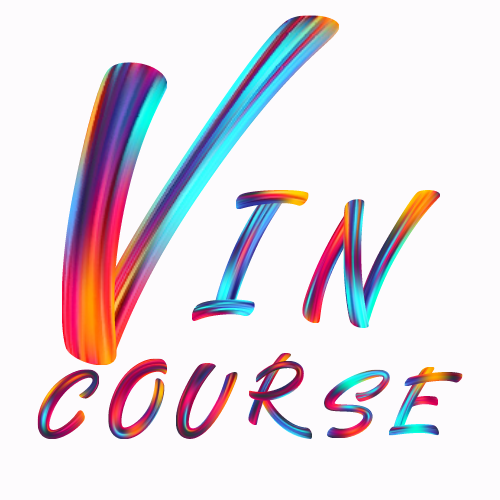
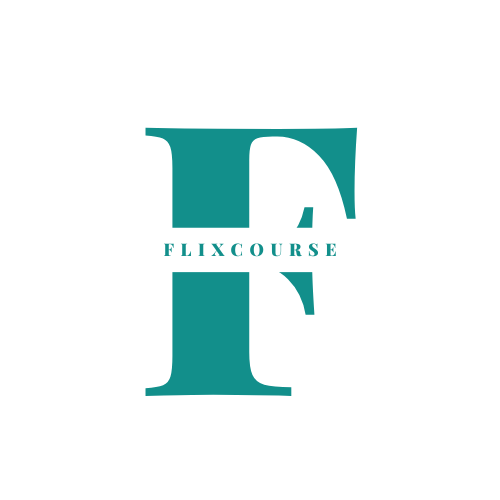
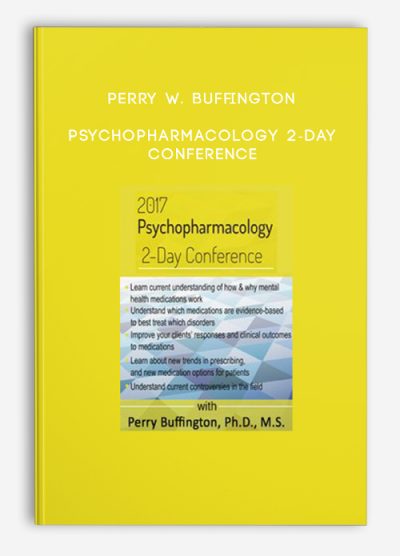

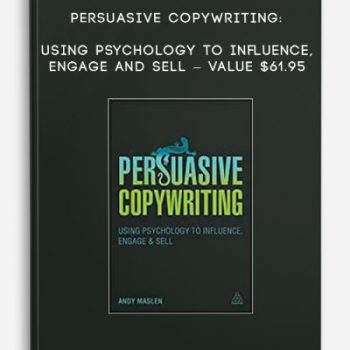
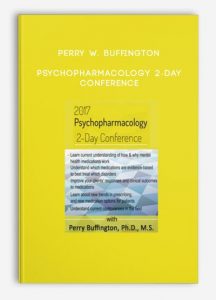



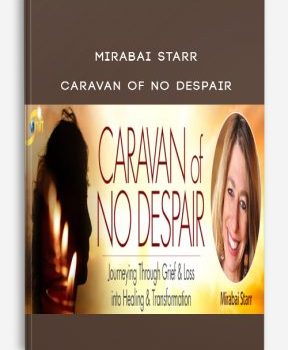
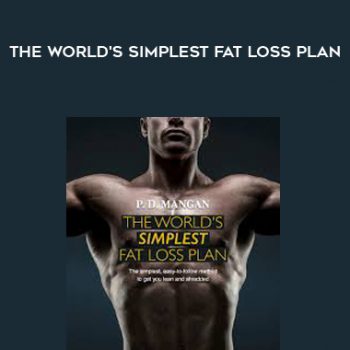
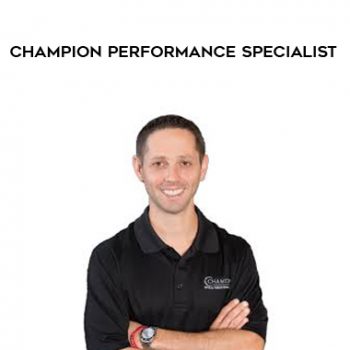

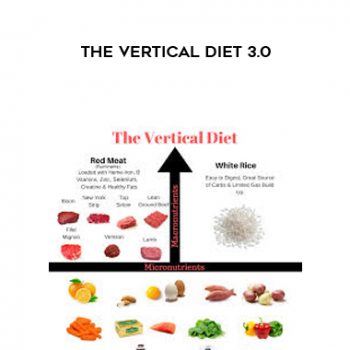
Lord –
This is Digital Download service, the course is available at Vincourse.com and Email download delivery.